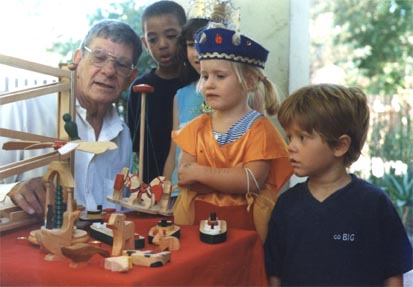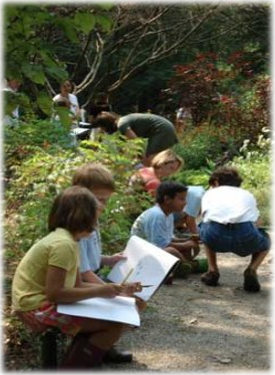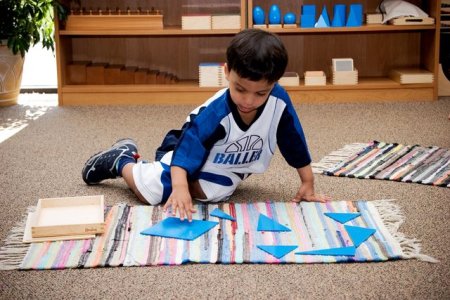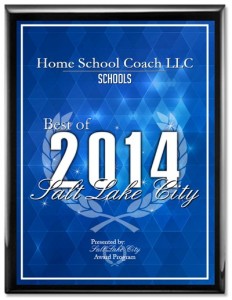Educational styles and methods
When I was given a list and asked to prepare a description of the most common educational options, I found that the list also contained styles and methods of education. Here is a basic description of these styles and methods.
It is interesting to note that all these styles and methods are used by home school families, including the public school style.
You will also find these styles and methods being used in all the other educational options we have discussed, except for public school. You will however, find in public schools, individual teachers who believe in and introduce some of these learning styles and methods into their classes.
Waldorf Education – This is also known as Steiner or Steiner-Waldorf education. It is humanistic in its approach. The premise is that a being is made up of body, soul and spirit. The education mirrors the basic stages of a child’s development from childhood to adulthood, which in general reflects the development of humanity through history from our origin, far back in past times, up to the present.
The central focus for the Waldorf teacher is the development of that essence in every person that is independent of external appearance, by instilling in their pupils an understanding of and appreciation for their background and place in the world, not primarily as members of any specific nation, ethnic group or race, but as members of humanity and world citizens.
Charlotte Mason – Charlotte Mason focused on the value of children and she believed them to have very capable minds. Her approach advocates reading good books from original sources and spending lots of time in nature. It is a liberal arts based philosophy. The goal is to bring a wide variety of meaningful subjects to the children via literature, masterpiece artwork, poetry, and various other humanities.
Along with these inspirational additions the core subjects are in no way neglected but they are approached in such a manner as to foster the love of learning. Even with subjects such as history, foreign languages and science, Charlotte Mason created intriguing ways to help them come to life.
Montessori – This method is an educational approach for children based on the research and experiences of Italian physician and educator, Maria Montessori. It arose in the process of her experimental observation of young children. Based on her observations, she created an environment prepared with materials designed for their self-directed learning activity.
The basis of the Montessori method in the classroom is mixed age group (3 ages – 6 ages in one class), individual choice of research and work, and uninterrupted concentration. Group lessons are seldom found in a Montessori classroom.
Although the Montessori name is recognized by many, it is not a trademark, and it is associated with more than one organization. Schools and teacher training programs can differ in their interpretation, intensity, practical application, and philosophy in using this method with children.
Today we have looked at three well known educational methods. Tomorrow we will find out the defenitions of four types of home schooling styles and methods.
Here is a wonderful blog about activities to build executive functioning. A very interesting concept!
Possibly Related Posts:
- Shedding My Skin
- Take Control This Summer – Your Stories Affect Your Family Relationships
- Touchpoints For Summer PRESENCE
- Top 10 Educational Apps for Kids
- Family Matters: 4 Pool Games for Having Fun as a Family – Guest Post







{ 0 comments… add one now }